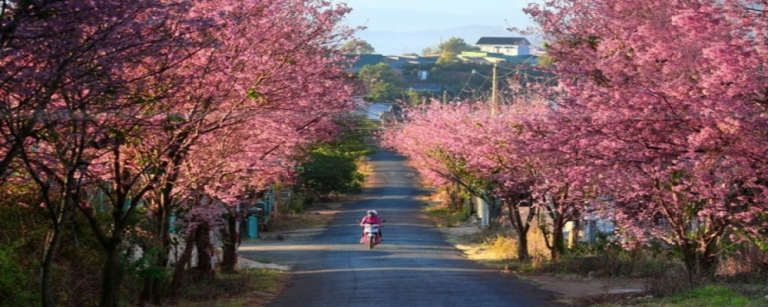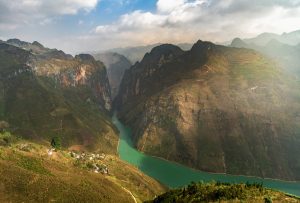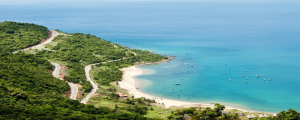Discover what the weather is like in Vietnam throughout the year. From the hot and humid summers to the cooler winters, learn about the best time to visit and what to expect from the country’s climate. Find out more in our comprehensive guide to Vietnam weather.
Spring
The spring season in Vietnam’s northern areas is normally moderate and pleasant, with daily highs between 15°C and 25°C. Although though there are sporadic downpours during this season, the weather is often sunny and clear, making it a wonderful time to explore the area’s natural beauties. A great time to visit Hanoi and Halong Bay is in the spring since the weather is pleasant and there are fewer tourists.
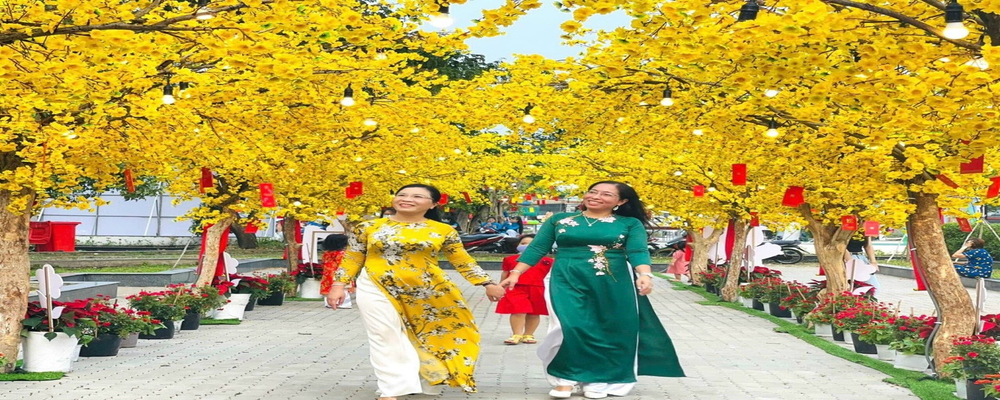
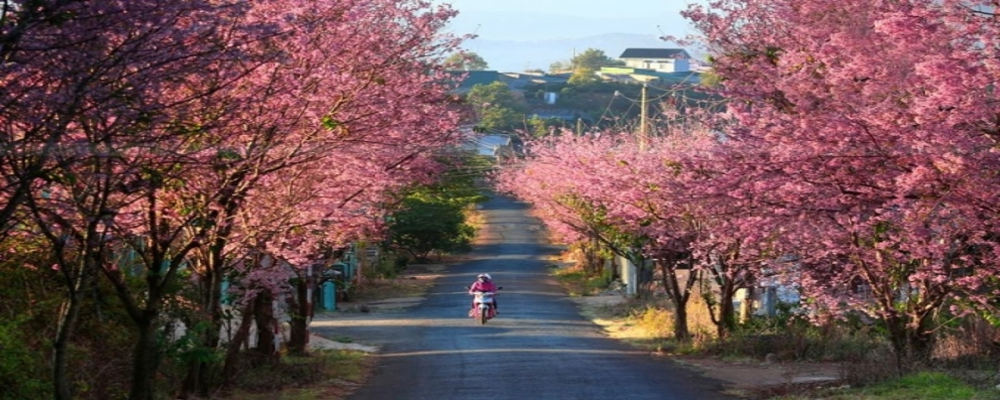
The springtime in Central Vietnam is pleasant, with highs of 20 to 30 degrees Celsius. While there are sporadic downpours in the region during this time of year, the weather is often sunny and clear, making this a fantastic time to visit the beaches and historical monuments. Hue and Hoi An are popular destinations to visit in the spring since the weather is pleasant and there are fewer tourists.
The spring season in the south of Vietnam is often hot and dry, with average temperatures between 25°C and 35°C. It occasionally rains in the region at this time, but typically the weather is sunny and clear, giving it an excellent time to see the busy towns in the area and travel through the Mekong Delta.
In general, spring is a fantastic time to travel to Vietnam, particularly the northern and central parts when the climate is temperate and pleasant. Just be ready for the occasional downpour and hotter weather in the south.
Summer
Summers in Vietnam’s north are often hot and muggy, with temperatures between 25°C to 35°C. During this time, the area also gets a lot of rain, especially in July and August. In some places, this may occasionally cause flooding and landslides. Yet, it is a lovely time to visit locations like Sapa and Ha Giang because of the verdant green scenery and rice terraces.
Summers in central Vietnam are hot and muggy, with highs of 30 to 35 degrees Celsius. Moreover, there is a lot of rainfall in the area, especially in August and September. This can occasionally cause flooding and landslides, especially around Hue and Hoi An. With warm waters for swimming and surfing, beaches are still very popular throughout this time.
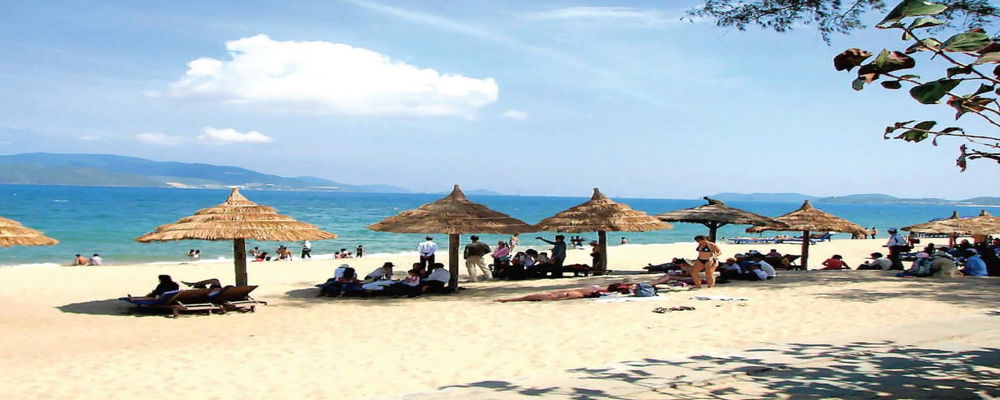
Summer in the south of Vietnam is the hottest and muggiest time of year, with average highs of 25°C to 35°C. During this time, the area also receives a lot of rain, especially from June through August. In some places, particularly in Ho Chi Minh City and the Mekong Delta, this may occasionally cause flooding. Even yet, it is a popular time to travel to the busy cities in the area and to the Mekong Delta.
Generally, because of the heat and humidity, as well as sporadic heavy rain and flooding, summer can be a difficult time to travel to Vietnam. However, the lush green landscapes and beautiful beaches can still make it a worthwhile trip if you come prepared with proper clothing and footwear, and plan your itinerary accordingly.
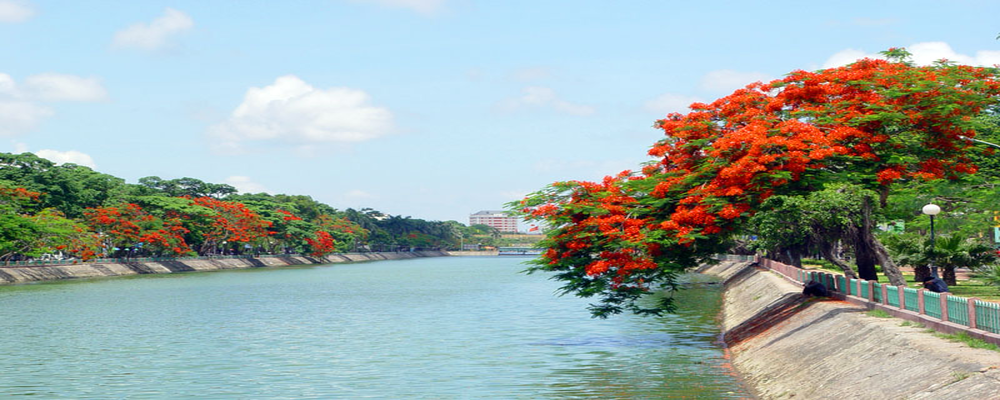
Autumn
Vietnam’s weather varies widely by area, but generally speaking, the fall (September to November) is a nice time to visit. The fall season is regarded as the most beautiful season of the year in Vietnam’s northern provinces. The weather is pleasant and moderate, with daily highs and lows of 15 to 25 °C. The evenings can be chilly with lows of around 10°C, and the days are sunny and clear. This is a fantastic time to visit Hanoi, Halong Bay, and the northern highland regions because there is relatively little rain during this time of year.
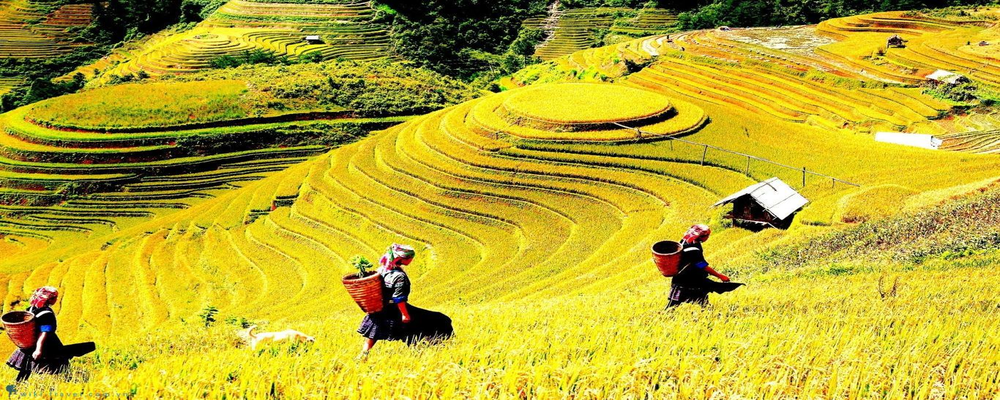
In the autumn, Central Vietnam has two different weather patterns. September to October, the first part of the season, is normally hot and dry with average temperatures between 25°C and 30°C. The second part of the season, which begins in November, is marked by a change to cooler weather and sporadic rainfall, with average temperatures falling to about 20°C. Travel to cities like Hue, Hoi An, and Danang is still recommended, but be ready for brief downpours.
Autumn is still regarded as the rainy season in the south of Vietnam, with frequent downpours and high humidity. With an average temperature between 25°C and 30°C, the weather is still warm and muggy. You can still go during this time to places like Ho Chi Minh City and the Mekong Delta, but you should be ready for damp weather and sporadic flooding.
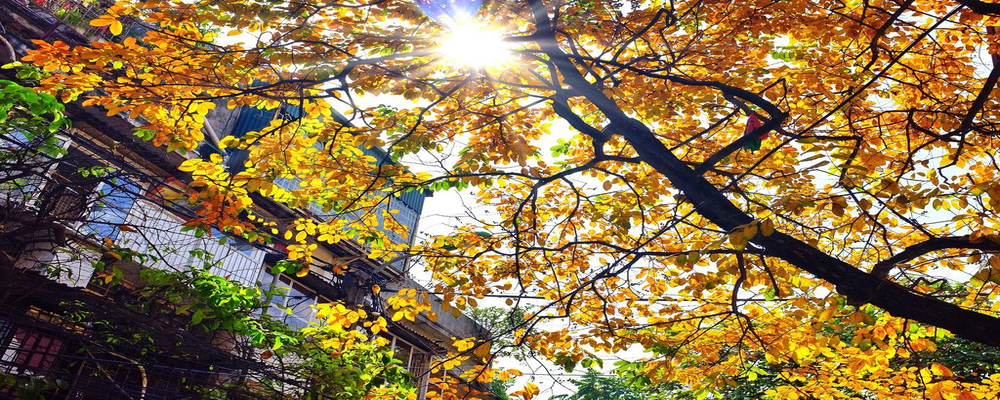
In general, autumn is a great time to visit Vietnam, especially the northern and central regions where the weather is mild and comfortable. Just be prepared for occasional rain and cooler temperatures towards the end of the season.
Winter
Winters in Vietnam’s north are frequently chilly and dry. Particularly in hilly places like Sapa and Ha Giang, temperatures can fall as low as 10°C. The average temperature in Hanoi and Halong Bay ranges from 15°C to 20°C. Yet, it’s a perfect time to explore the area’s natural splendor because the sky are typically clear and sunny.
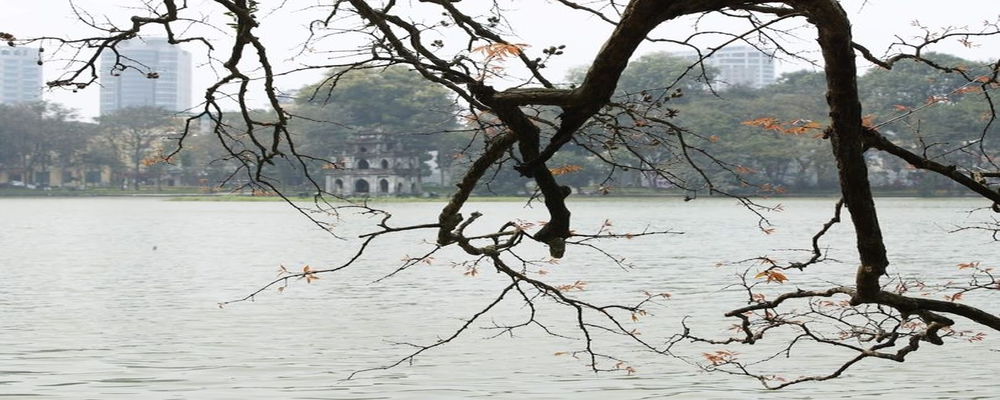
Central Vietnam experiences a cooler and drier winter season, with temperatures ranging from 15°C to 25°C. The beaches of Danang and Hoi An are popular destinations during this season, with comfortable temperatures for outdoor activities. Hue can be chilly, with temperatures dropping to around 10°C, but the skies are usually clear and sunny.
In the south of Vietnam, winter is typically the driest season, with cooler and less humid temperatures. The average temperatures range from 20°C to 30°C, with Ho Chi Minh City and the Mekong Delta being more pleasant with average temperatures around 25°C. This is a great time to explore the region’s bustling cities and take a trip down the Mekong Delta.
The weather in Vietnam is a fascinating and diverse topic that can greatly impact the daily lives and activities of its people and visitors. With a tropical monsoon climate, Vietnam experiences both wet and dry seasons, with regional variations throughout the country. The weather patterns and extreme weather events, such as typhoons and floods, can have significant impacts on agriculture, transportation, and tourism.

